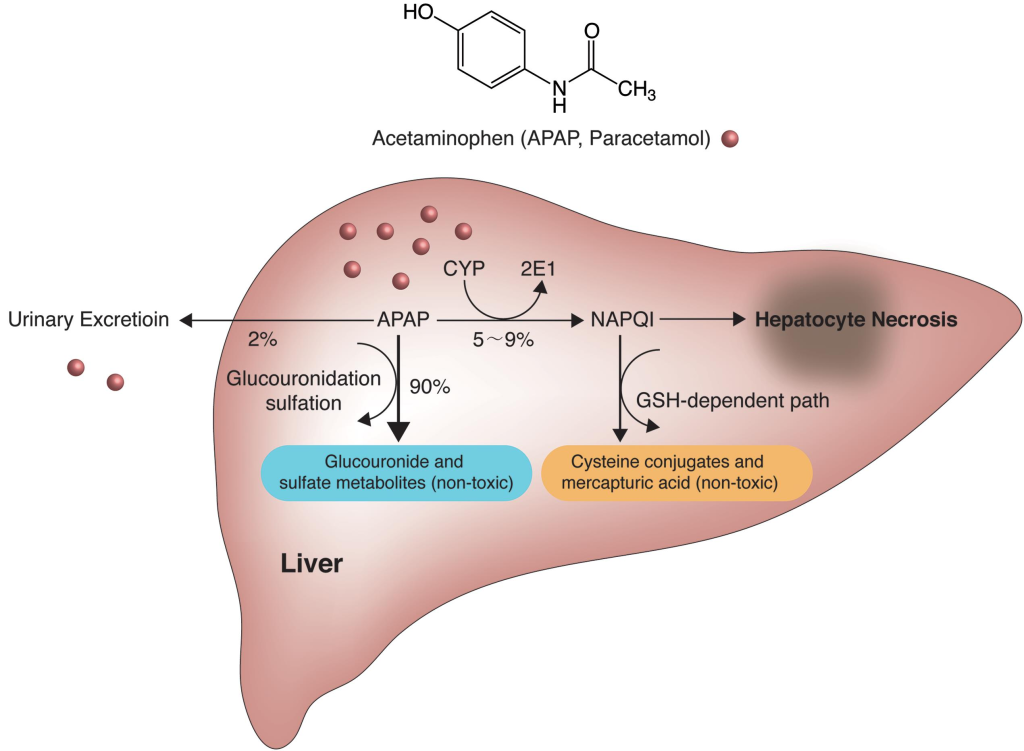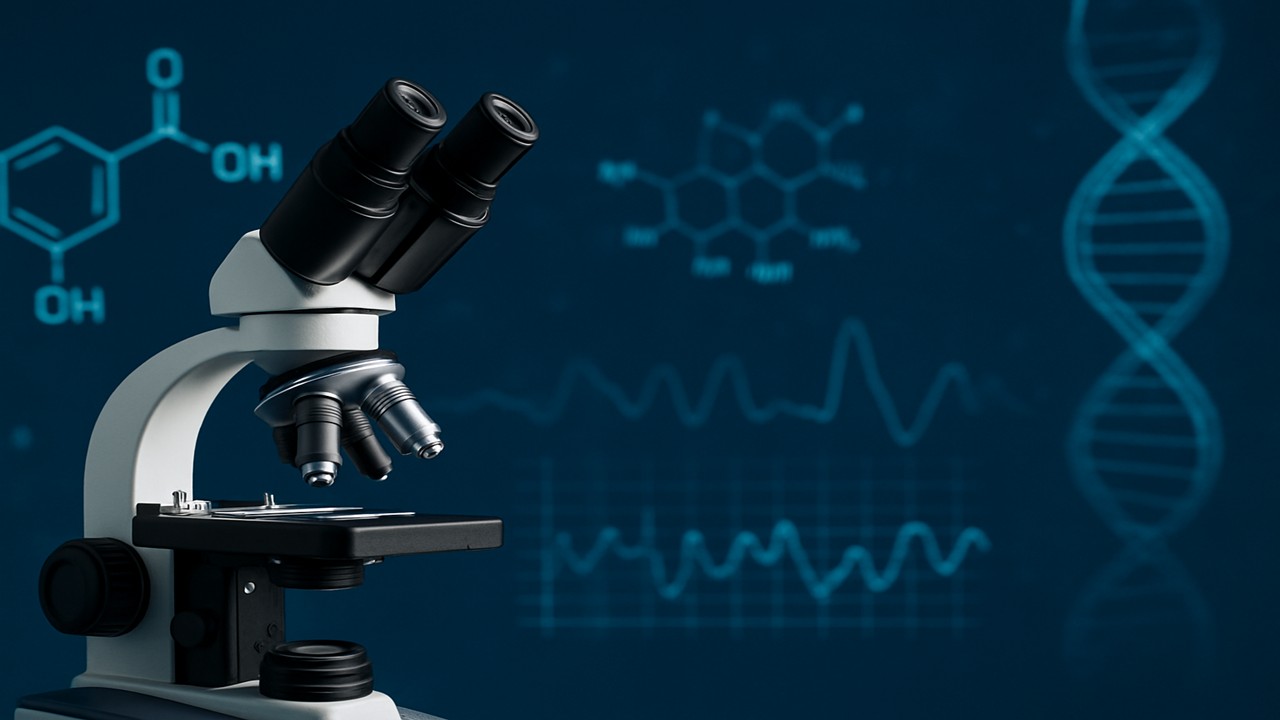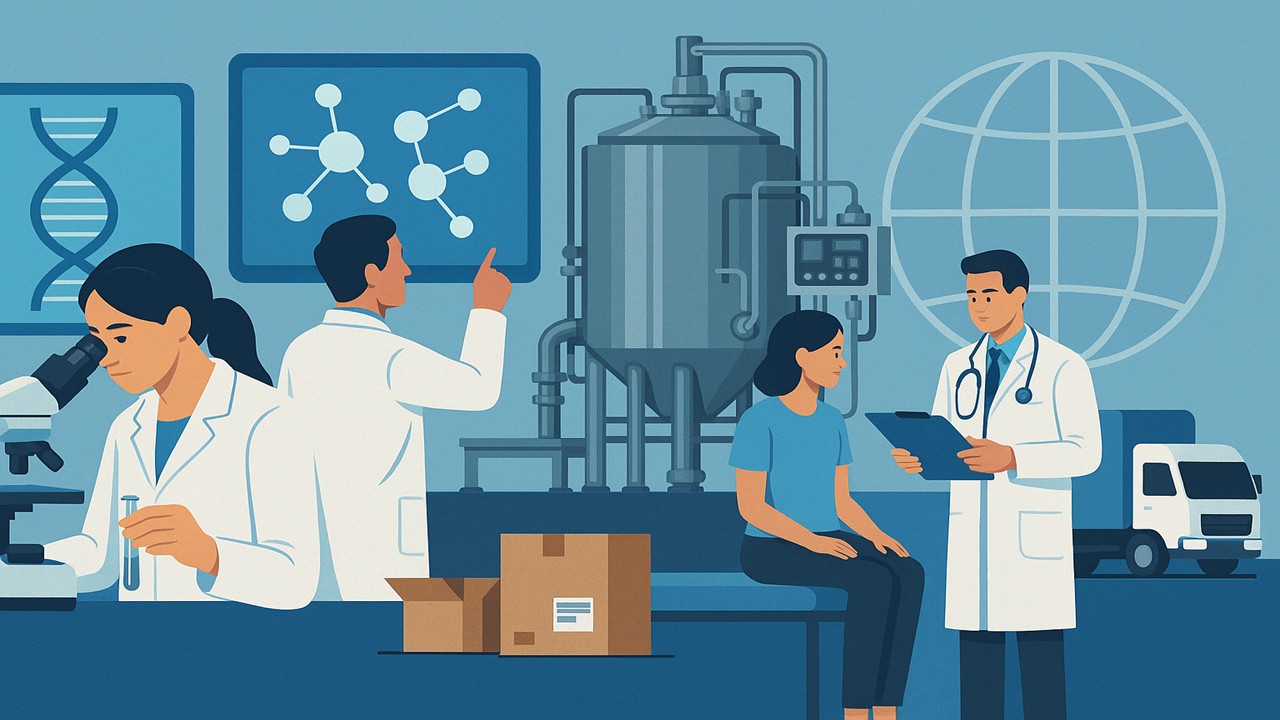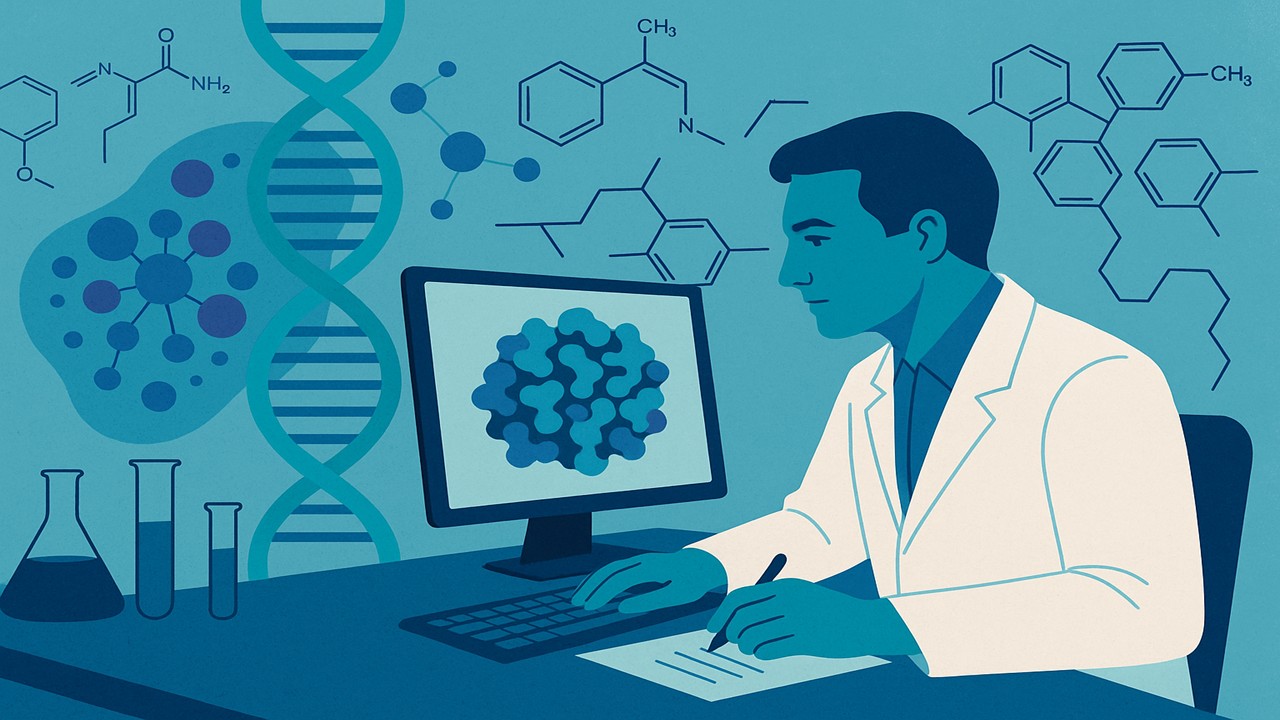The administration of pharmacological agents represents a cornerstone of modern healthcare, offering therapeutic interventions to prevent and treat disease. However, alongside their therapeutic benefits, drugs harbor the potential for toxicity, which can manifest through a myriad of adverse reactions. Understanding the intricate mechanisms that underlie drug toxicity is paramount in ensuring patient safety and optimizing therapeutic outcomes.
Factors Influencing Drug Toxicity
The manifestation of drug toxicity is influenced by a complex interplay of factors, including age, genetic predisposition, concomitant medications, and underlying health conditions. Age-related differences in pharmacokinetics and pharmacodynamics can render certain patient populations more susceptible to adverse drug reactions. Additionally, genetic polymorphisms in drug metabolism pathways can significantly alter drug responses, contributing to interindividual variability in toxicity profiles. Furthermore, the presence of comorbidities such as liver or kidney dysfunction can exacerbate drug toxicity, highlighting the importance of comprehensive patient assessment in mitigating risk.

Mechanisms of Drug Toxicity
Drug toxicity can arise through various mechanisms, encompassing both on-target and off-target effects, production of toxic metabolites, harmful immune responses, and idiosyncratic reactions. On-target adverse effects result from aberrant interactions between drugs and their intended molecular targets, leading to unintended pharmacological actions. In contrast, off-target effects occur when drugs interact with unintended molecular targets, giving rise to adverse reactions unrelated to their primary mechanism of action. Metabolic activation of drugs can also yield toxic metabolites, which can exert deleterious effects on cellular function and organ systems.
On-Target Adverse Effects
On-target adverse effects occur when drugs bind to their intended molecular targets but elicit unintended pharmacological responses. This may occur due to alterations in drug concentration, kinetics, or tissue specificity, resulting in exaggerated or prolonged pharmacological effects. Examples include the sedative effects of diphenhydramine due to its interaction with central histamine receptors and the muscle toxicity associated with statin therapy, stemming from inhibition of HMG-CoA reductase in muscle tissue.


Off-Target Adverse Effects
Off-target adverse effects arise from interactions between drugs and unintended molecular targets, leading to adverse reactions unrelated to the drug’s primary mechanism of action. These effects can result from structural similarities between the drug molecule and other endogenous ligands, leading to unintended binding interactions. Terfenadine, for example, was withdrawn from the market due to its propensity to inhibit cardiac potassium channels, leading to fatal arrhythmias.

Production of Toxic Metabolites
The metabolic activation of drugs can give rise to toxic metabolites, which can induce cellular damage and organ toxicity. Acetaminophen, a commonly used analgesic, undergoes hepatic metabolism to form reactive intermediates that deplete glutathione stores and cause oxidative stress. Excessive accumulation of these metabolites can result in hepatotoxicity and potentially fatal liver failure.

Harmful Immune Responses
Drugs can elicit harmful immune responses, ranging from hypersensitivity reactions to autoimmune phenomena. Type I hypersensitivity reactions involve the production of IgE antibodies and mast cell degranulation, leading to immediate allergic reactions such as urticaria and anaphylaxis. Type IV hypersensitivity reactions, on the other hand, are T-cell mediated responses that can manifest as delayed skin reactions or systemic inflammatory syndromes.

Idiosyncratic Toxicity
Idiosyncratic drug reactions are unpredictable adverse effects that occur in a small subset of patients, often without a clear mechanistic basis. These reactions may result from individual genetic differences in drug metabolism or immune response, rendering affected individuals uniquely susceptible to adverse effects. Idiosyncratic reactions pose significant challenges in clinical practice due to their unpredictable nature and limited understanding of underlying mechanisms.

Towards Safer Pharmacotherapy
Drug toxicity represents a complex and multifaceted phenomenon with diverse manifestations and underlying mechanisms. Researchers aim to enhance our understanding of adverse drug reactions and improve patient safety by elucidating the factors influencing drug toxicity and unraveling its molecular intricacies. Through continued research and innovation, we endeavor to mitigate the risks associated with drug therapy and optimize therapeutic outcomes for all patients.
Engr. Dex Marco Tiu Guibelondo, B.Sc. Pharm, R.Ph., B.Sc. CpE
Editor-in-Chief, PharmaFEATURES

Subscribe
to get our
LATEST NEWS
Related Posts

Medicinal Chemistry & Pharmacology
Invisible Couriers: How Lab-on-Chip Technologies Are Rewriting the Future of Disease Diagnosis
The shift from benchtop Western blots to on-chip, real-time protein detection represents more than just technical progress—it is a shift in epistemology.

Medicinal Chemistry & Pharmacology
Designing Better Sugar Stoppers: Engineering Selective α-Glucosidase Inhibitors via Fragment-Based Dynamic Chemistry
One of the most pressing challenges in anti-diabetic therapy is reducing the unpleasant and often debilitating gastrointestinal side effects that accompany α-amylase inhibition.

Medicinal Chemistry & Pharmacology
Into the Genomic Unknown: The Hunt for Drug Targets in the Human Proteome’s Blind Spots
The proteomic darkness is not empty. It is rich with uncharacterized function, latent therapeutic potential, and untapped biological narratives.

Medicinal Chemistry & Pharmacology
Aerogel Pharmaceutics Reimagined: How Chitosan-Based Aerogels and Hybrid Computational Models Are Reshaping Nasal Drug Delivery Systems
Simulating with precision and formulating with insight, the future of pharmacology becomes not just predictive but programmable, one cell at a time.











